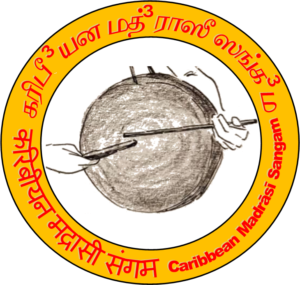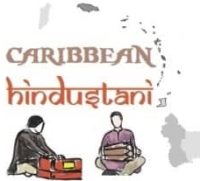
Greetings (வணக்கம்! Vaṇakkam)
Tamils have a long tradition of seafaring and a history of overseas migration to foreign lands due to close proximity to the Indian Ocean throughout ancient and medieval times. Many of the Tamil emigrants who left the shores of Tamil Nadu before the 18th Century mixed with other ethnicities in other regions. In the 19th century, Madras Presidency (of which the Tamil Nadu region was a core part of) faced brutal famines. Great Famine of 1876–78. Tamil Nadu was both politically and economically weak. Britishers thus made use of hungry Tamil workers for their plantations all over the world – Malaysia, Singapore, Myanmar, Mauritius, South Africa, Fiji and also Sri Lanka (distinct from the Tamils who migrated to Sri Lanka before 18th century).
These Tamilians well integrated, assimilated with their adopted countries, and became part and parcel of local populations in Mauritius, South Africa, Guyana, and Fiji. Many also left to work in the possessions of the French Empire via its holdings in Pondichéry in Réunion and the French Caribbean islands of Martinique and Guadeloupe (See Malabars). A small group was hired by the Dutch colonial government in Dutch East Indies (present-day Indonesia) to work in Sumatra (namely in Medan). Roughly about 40,000 (est) descendants of these immigrants are still found in Medan.
Tamil migration to the French West Indies was mainly sailings from Pondicherry and Karaikal during the years 1853 to 1883 and since 1893 almost all of them got well integrated with the people there. Presently a microscopic minority who are elderly that can speak Tamil.
Guyana had many Tamils in its plantations since 1838.[1] Most of them were from Madras and in 1860, 2500 from Madras alone settled there. Tamils were spread in about 60 towns. There is also a popular Mariamma temple. A Prime Minister of Guyana, Moses Veerasammy Nagamootoo is of Tamil descent. Tamils are the majority of the East Berbice-Corentyne region in Guyana.
Tamils have been in Trinidad and Tobago since the 1840s.[1] The first Tamils arrived in Trinidad and Tobago as indentured laborers who were brought by the British to work on the sugarcane and other agricultural estates. There was a Shiva temple called the “Madras Sivalayam” or the Caura Road temple. The Deepavali celebration by the Tamils there displayed extraordinary pluralism. Caribbean Hindustani desire is to encourage Tamil language and culture that has developed uniquely in the Caribbean along side with Bhojpuri. These two cultures overlapping quite often forming a wonderful culture that makes the Caribbean Hindustanis unique. These basic lessons will encourage you on your journey to explore the basics of Tamil.
- Sivasupramaniam, V. “History of the Tamil Diaspora”. International Conferences on Skanda-Murukan.
